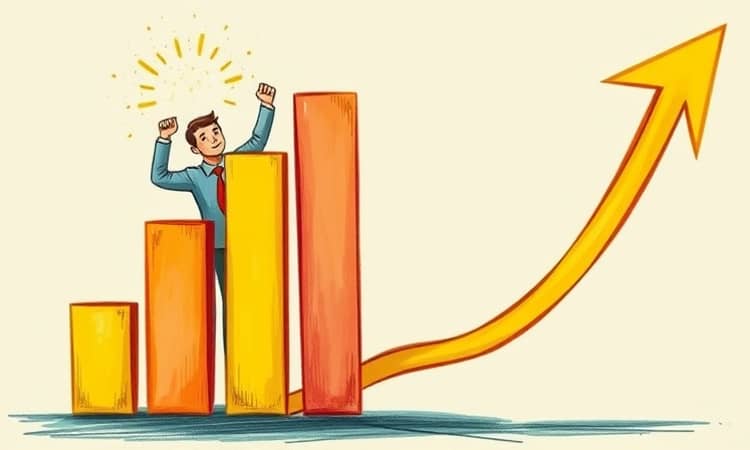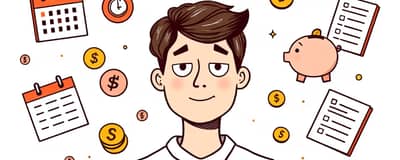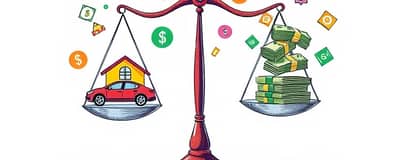Personal loans can be more than just a means to an end—they can serve as strategic tools in your journey toward a healthier financial future. With the right approach, you can leverage funds to manage debt, consolidate high-interest balances, and ultimately a powerful boost for your credit.
The Role of Personal Loans in Your Credit Journey
When you borrow from a reputable lender and maintain a consistent repayment schedule, you lay the groundwork for long-term credit score improvements. Personal loans are installment debts, meaning you repay via fixed monthly payments over a set period. This contrasts with revolving credit, like credit cards, where balances fluctuate and utilization rates vary month to month.
While these loans can help cover emergencies, large purchases, or consolidate outstanding debt, they also come with responsibilities. Understanding how each action affects your credit report can mean the difference between growth and setback.
How Personal Loans Affect Your Credit Score
Your payment history carries the greatest weight in FICO calculations, accounting for 35% of your total score. A single on-time repayment adds a positive mark, while a late payment can introduce a negative one. Within days of borrowing, your lender will report your loan, and you'll see a hard inquiry—typically a temporary drop of up to five points.
Over time, regular on-time payments contribute to build a strong payment history, reinforcing your reputation as a reliable borrower. The length of your loan also factors into the mix, helping diversify your credit profile and extending the average age of your accounts.
Using a Personal Loan for Debt Consolidation
Debt consolidation remains one of the most popular uses of personal loans. By refinancing multiple high-interest credit cards into a single installment loan, you can significantly reducing high-interest revolving debt and simplify your finances. Consolidation can achieve:
- Lower overall interest rates compared to credit cards.
- Predictable monthly payments.
- A direct improvement in your credit utilization ratio when credit card balances are paid off.
Credit utilization— the ratio of your revolving balances to credit limits—accounts for 30% of your FICO score. While installment loans don’t directly affect this ratio, paying down cards with a personal loan does.
Building a Positive Payment History
Every month that you make your personal loan payment on time, you’re reinforcing the single most impactful factor in credit scoring. A history of punctual payments can quickly transform a neutral or struggling credit report into one that reflects responsibility and consistency.
Conversely, even one payment that’s 30 days late can harm your score for up to seven years. Avoid surprises by setting up autopay or calendar reminders. This simple step will help you avoid late fee surprises and maintain uninterrupted progress.
Enhancing Your Credit Mix
Credit scoring models reward borrowers who maintain a balanced portfolio of both revolving credit and installment loans. If your profile consists primarily of credit cards, adding an installment loan can demonstrate that you can handle diverse forms of credit wisely. This strategic move can result in a healthier overall score, because lenders see an applicant comfortable managing multiple debt types.
Just be sure never to take on more than you can comfortably repay. An installment loan is only beneficial when integrated into an overarching budget strategy.
Potential Drawbacks to Consider
- Origination fees that increase your upfront costs.
- A temporary score dip from the initial hard inquiry.
- Increased total debt load until the loan is paid off.
- Severe credit damage from missed or late payments.
Personal Loan Interest Rates by Credit Score
Interest rates vary based on your creditworthiness. Understanding these ranges can help you set realistic expectations when shopping for lenders. Below is a snapshot of average APRs as of May 2025:
Best Practices for Credit Boosting
- compare rates and fees across multiple lenders to secure the best deal.
- Borrow only the amount you need and can repay comfortably.
- Use consolidation strategically and avoid accumulating new high-interest balances.
- Automate payments or set reminders to maintain consistency.
- Avoid applying for multiple credit lines within a short period.
Who Is This Strategy Best For?
- Individuals with elevated credit card balances seeking relief.
- Borrowers aiming to diversify your credit profile with an installment loan.
- Clients committed to fixed, predictable monthly payments.
- Anyone focused on establishing or restoring a robust payment record.
Key Numbers & Fast Facts
The average U.S. credit score in 2024 stands at 715, while the average credit card utilization ratio is 29%. Maintaining utilization below 30% and ensuring every payments arrives on time will safeguard your progress.
Remember that a single 30-day late payment can ding your score for years, and hard inquiries usually remove themselves after 12 months. By blending disciplined repayment habits with judicious borrowing, you’ll position yourself for keep your credit utilization low and sustainable credit growth.
When used wisely, a personal loan can be among the most effective tools in your credit-building toolkit—transforming debt into an opportunity for financial empowerment.














